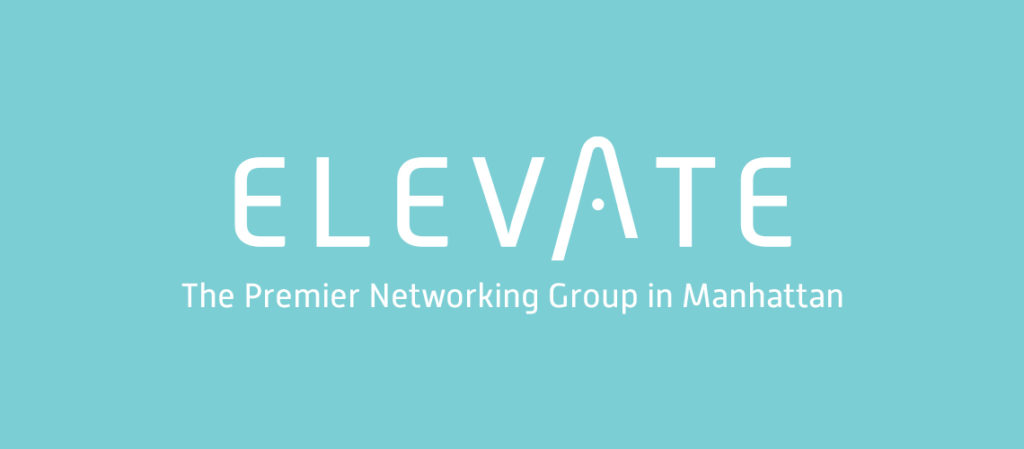One of the hardest and most defining parts of leadership isn’t about vision, or finance, or innovation. It’s about people. More specifically, it’s about knowing when to let someone go versus when to keep investing in them.
Sometimes it’s easy because the value proposition is clear, and the value just isn’t there in the way we had expected it to be.
But every entrepreneur and business owner eventually faces the more tricky moments, where clarity isn’t so obvious — that gut-wrenching crossroads where you’re torn between compassion and conviction. You see potential in someone. You want to believe they’ll turn it around. And yet, part of you knows something isn’t working.
Let’s be honest — firing someone is rarely easy. Because even when we’re sure, we wonder about potential repercussions. But it can be especially emotional, uncomfortable, and deeply human. Because most of us don’t start businesses to push people out. We build them to lift people up. But if you hold on too long to the wrong person, you risk damaging not only your bottom line — but your culture, your momentum, and your credibility as a leader.
So how do you know when to keep coaching… and when it’s time to let go?
The answer starts with one simple distinction: will versus skill.
If someone can’t do the job but wants to — that’s a person you can develop. They’re coachable. They take feedback. They own their mistakes. They show up with humility and hunger. That’s worth investing in. Because skills can be taught; character cannot.
But if someone can do the job but won’t — if they resist feedback, make excuses, or create friction within the team — then you’re dealing with a values issue, not a performance issue. And when values don’t align, no amount of training or pep talks will fix it.
Before making the call, ask yourself three questions:
- Have I been clear? Do they fully understand what success looks like, and what’s expected of them? Many performance problems come from unclear leadership.]
- Have I been fair? Have I given them the tools, feedback, and opportunity to succeed?
- Have I seen progress — or just promises? Growth doesn’t have to be perfect, but it has to be visible.
If the answer to those three is yes — and the results still aren’t there — then it’s time to act.
Here’s a fourth question that cuts through all hesitation: If I were hiring for this position today, knowing what I know now, would I enthusiastically hire this person?
If the honest answer is no, then it’s time to make the change.
Remember, letting someone go doesn’t make you heartless — it makes you responsible. It protects the integrity of your team, your culture, and your mission. Because one misaligned person can quietly drain the energy of ten good ones.
And here’s the beautiful truth: when you make that tough decision with honesty and respect, you often do that person a favor. You free them to find a place that truly fits them — and you free your organization to thrive.
Leadership is not about saving everyone. It’s about creating the right environment for the right people to succeed. So give people a fair chance. Lead with empathy. Coach with clarity. But when the time comes to let go — do it with courage. Because that’s what real leadership requires.
In the end, it’s not just about who you let go — it’s about who and what you choose to protect. Your standards. Your culture. And your vision for what this company can become.
As Gary Vaynerchuk, head of Vayner Media — with over 1,200 employees and over $280M in annual revenue — has wonderfully said, “Hire fast, fire faster, promote fastest.”

